The 19th century was drunk on certainty.
Steam power, steel, calculus, colonialism – humanity, it was said, could conquer anything. Science would solve all mysteries. Mathematics would explain the universe. There was nothing, it seemed, we couldn’t measure, map, and master.
But the 20th century put an end to that illusion.
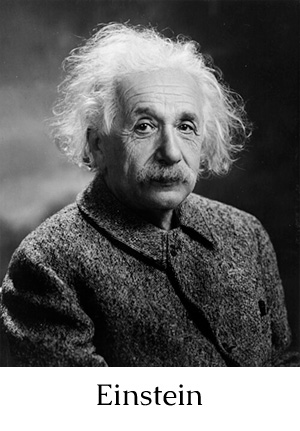
First came Einstein. With his theory of Special Relativity (1905), he showed that not even information could outrun the speed of light. Time itself, once thought absolute, was shown to flex and bend.

Then came Heisenberg. His Uncertainty Principle (1927) revealed that even the most basic facts about atomic particles – their position and momentum – could not be known at the same time. Not due to technological limits, but because Reality itself is veiled.
And then… came Kurt Gödel.
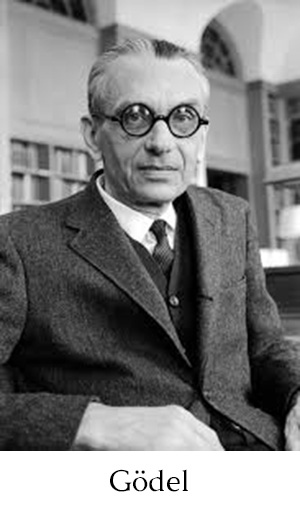
In 1931, a quiet logician named Gödel proved something unthinkable: that even mathematics – the “queen of science,” the gold standard of certainty – was impossibly incomplete. That there exist true mathematical statements that can never be proven. Not ever. Not by any system, no matter how carefully built.
The proof shook the world of mathematics to its core.
And yet it was airtight.
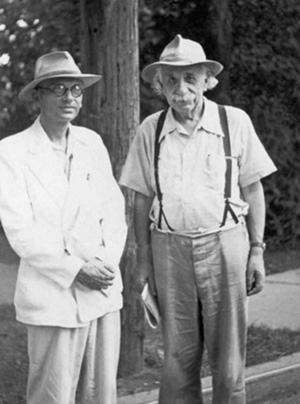
(By the way: when Einstein emigrated to the U.S.,
he chose to land at the Institute for Advanced Study largely because Gödel was there.
Einstein once said, “If I go to my office, it’s only so I can have the privilege of walking home with Gödel.”
And Gödel helped Einstein further develop his Theory of Relativity.
They walked together daily.
What must they have discussed, two men who bent the limits of thought?)
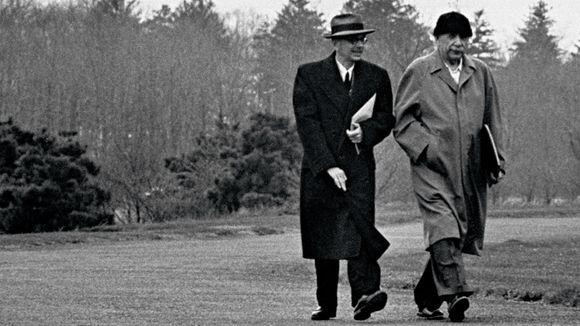
And so the dream of complete mathematical certainty died – quietly, cleanly… with mathematical ruthlessness.
Certainty, it turns out, is always just beyond the edge of the system.
And that edge is what I call… The Gödel Horizon.
It’s something like a black hole – only in reverse.
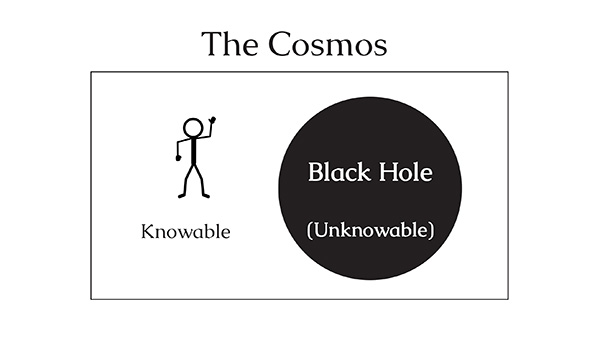
A black hole is a region in space where the gravity is so intense, not even light or information can escape.
With a black hole, we stand outside – unable to know what lies within.
But with the Gödel Horizon, we’re inside the circle of what can be known.
And all around us lies a darkness we cannot penetrate with certainty -not because we lack the tools,
but because the tools themselves are bounded.
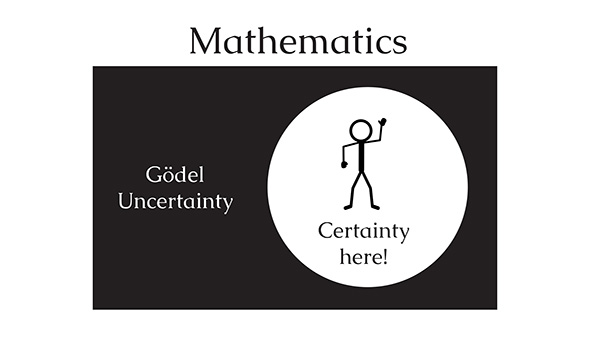
We see the edge.
We sense truth beyond it.
And we are right.
But no matter how cleverly we construct our systems – of logic, of law, of language -there will always be true things we cannot prove.
Because truth itself is larger than any system.
The Gödel Horizon doesn’t say we can’t know anything.
It says we can’t know everything with certainty.
That certainty is elusive.
It says: even the most elegant system, if it’s consistent, must be incomplete. Even the most elegant system, if it’s consistent, must be incomplete.
And if it tries to prove its own consistency – it can’t succeed from within.
We are creatures within a circle of certainty,
surrounded by a sea of mystery.
And the most dangerous delusion -the one the 19th century clung to (and we still do) -is to pretend the horizon isn’t there.
But the Gödel Horizon is not the end of knowing.
It is the end of pretending that certainty is always possible.
So we find truth when we can,
and embrace the Unknowable when we can’t,
and walk with something truer than certainty:
honesty.
And humility.
Because Gödel didn’t destroy mathematics.
He anointed it – with mystery.
He showed that even the queen of science kneels before something vaster than proof.
In a world that worships the false god of certainty,
we need something older and more enduring:
Wisdom.
Wisdom doesn’t promise answers.
It doesn’t guarantee safety.
But it knows how to walk with unknowing
-and still live joyfully,
Still love.
Still listen.
Still choose.
So let us gaze intently at the Gödel Horizon and not turn away.
Not pretend we have certainty when we can’t -but also not give up seeking.
That’s why we tell stories – not to explain,
but to orient.
For many issues of the human condition, stories keep going when mathematics leaves off.
Stories soar beyond the Gödel Horizon -not because they prove, but because they point.
They speak in metaphor, in longing, in truth too big to cage.
They align the compass of the soul toward something deeper than logic.
They say: you are not alone inside the circle.
And beyond it – there is still Wonder.
Meanwhile, he who mapped the edges of knowing… could not navigate his own…
Gödel came to a sad end. Like many super-geniuses, he lived on the edge of sanity.

When he was 21 (1927), he met Adele – a nightclub dancer, six years his senior. Catholic, divorced, and born with a disfigured face, she was an unlikely match for a rising academic. She scandalized Gödel’s parents. He loved her anyway.
In 1940, an invitation from the Institute for Advanced Study in America gave them a chance to escape the Nazi regime. By then, westward travel was impossible, so they journeyed east – across the Soviet Union via the Trans-Siberian Railway (Germany and Russia were still on good terms), then by ship from Japan to San Francisco, then by train to New Jersey and the Institute. The trip took two months altogether.
(During their U.S. immigration interview, Gödel tried to explain a logical flaw in the Constitution that could allow for dictatorship. Einstein and economist Oskar Morgenstern, accompanying him, quickly changed the subject to avoid trouble.)
In 1955, Einstein died.
In 1976, Gödel reached the mandatory retirement age of 70 at the Institute for Advanced Studies and became professor emeritus.
By 1978, his mental health – always fragile – had sharply declined. His paranoia deepened, especially around food. Convinced people were trying to poison him, he refused to eat anything not prepared by Adele.
Then Adele fell seriously ill and was hospitalized for several weeks.

During her absence, Gödel stopped eating. Fear overwhelmed all reason. By the time she returned, he weighed just 66 pounds (30 kg). He was hospitalized but died shortly after – of starvation.
Adele never fully recovered. She died three years later. They are buried together in Princeton Cemetery.
She had loved him fiercely. Protected him. Defended him. And quite literally kept him alive for years. But when illness took her away – even briefly – the fragility of Gödel’s condition became fatally clear.
His brilliance had carried him to the farthest edges of thought.
But he could not escape the paranoid horizon of his own inner world.
– William Zeitler
Your thoughts and suggestions are always welcome-I personally respond to all sincere inquiries. (I summarily banish spam to the outer darkness.)
You can reach me through my contact form.
May your seeking lead to Wisdom, your challenges foster Courage, your path nurture Serenity, and your heart extend Compassion.
![]()
#GrailHeart #WisdomStories #MindfulStories #ContemplativeLife #MythicWisdom #WilliamZeitler #Godel #KurtGodel #Einstein #Heisenberg #IncompletnessTheorem #IncompletnessTheorems



Leave a Reply